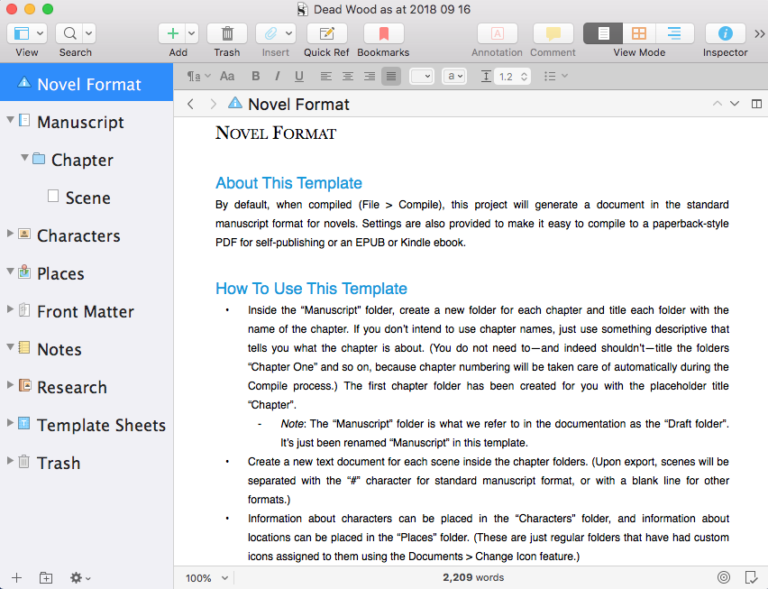

- #Scrivener windows save location how to#
- #Scrivener windows save location software#
- #Scrivener windows save location free#
- #Scrivener windows save location mac#
I am still using DropBox and could use some more space.
#Scrivener windows save location free#
If you use the link above, or this link to Dropbox we BOTH get 500 megabites of free bonus space in addition to the 2 GB! It’s a win-win. Right now, Dropbox offers 2 GB for free, and that’s what I use to backup my work.Īccording to Scrivener support, Dropbox also plays well with Scrivener. You can pay for this, but there are a lot of places that will give you some space for free.

Storing “in the cloud” just means that you’re going to store your files somewhere remotely on someone else’s computer, usually a computer owned by some big company.

#Scrivener windows save location mac#
) I work on a Windows PC, but from what I’ve read you should be able to follow this flow with the Mac as well. (If you want just a quick and dirty guide, I’ll post that later as Safely Saving files and Backing up your work in Scrivener, a quick guide. So there’s quite a bit of explanation in this guide.

#Scrivener windows save location software#
I’ve also been doing a lot of tech learning on the web lately, and in addition to my dogged persistence and a need to understand everything down to the finest detail, I have the advantage of a in-house tech expert to explain all the things that software engineers just assume “everybody knows.” Those are the parts that they leave out and I keep hunting for.
#Scrivener windows save location how to#
(For more information on how Scrivener saves your working projects, see my post How to open an existing Scrivener Windows project.) Sound familiar? Gee, I hope I’m not the only one! Pretty soon I didn’t have any idea where my files actually were on my computer, which were backups, and which were my working copies. (That results in the “What is it I’m supposed to click on to be able to open my project?!” confusion.) It makes it hard to recognize the Scrivener files on your computer, and it’s one reason why I resorted to depending on Recent Projects to find my files. I think part of the confusion comes from the complicated way that Scrivener for Windows saves projects, inside folders that aren’t really folders. I found a few blog posts that hinted at the right information about where you should be saving your files, but they didn’t tell me how to do it. There seems to be a lot of confusion about how, when, and where Scrivener saves your files. Here’s how to figure out a place to put things. Or if you’re like me, and hobbled together a backup “somewhere” and mailed yourself backup files “just in case” and were relying on “Recent documents” to find what you’ve been working on – you might have quite a mess. If you’re at that point, but are smart enough to not start off without being absolutely sure you’re backing up to the right places, I’m going to fully explain how to do that. But it has a few moving parts.Īt some point in learning how to use it you probably have the urge to GET BACK TO WRITING ALREADY. Scrivener is an amazing piece of writing software! It’s great for constructing a novel or even keeping track of all your blog posts.


 0 kommentar(er)
0 kommentar(er)
